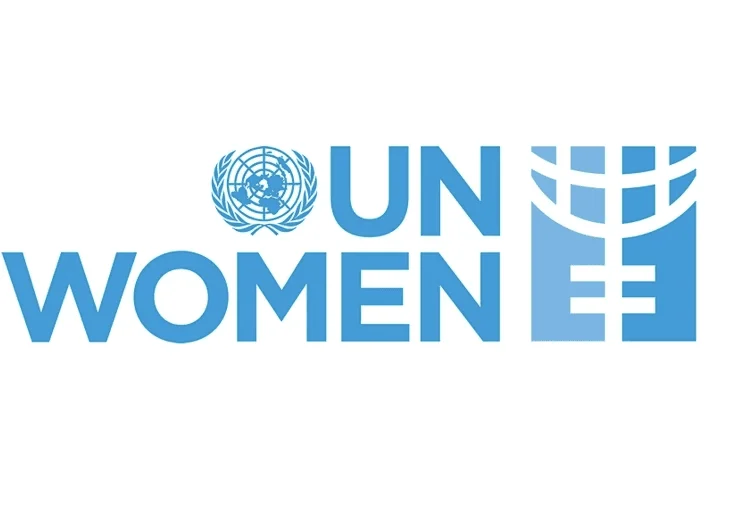Quality Assurance, or QA, can feel like just another task to get off your plate when you’re already busy. However, by undertaking QA, you can ensure that your AML processes are working as they should, and spot any areas of improvement or enhancement before it becomes a mammoth task to fix. Also, it helps you fulfil the obligation of managing and monitoring assurance, by making sure that your team and providers are following the requirements of your AML/CFT Programme.
Below, we discuss some of the essential QA checks to help save you stress, time and money.
What to QA
Doing ongoing checks on all your AML processes will help ensure you have a clear understanding of the quality of your anti-money laundering efforts and if there are any gaps, but failing a full check on all your processes it would be good to QA the following six fundamental activities.
1. Customer due diligence
Make sure you’re gathering the right information to correctly identify entities, are able to confidently determine the risks involved, and can verify information according to best practice. Your CDD should be well managed and conducted to mitigate risk.
2. Risk-based approach
Use your QA process to ensure that a risk-based approach is being undertaken. Treating compliance like a tick-box exercise will earn you additional scrutiny, and a long remediation process – no matter how low-risk you view your business to be. Ensure that you and your team understand the risks to your business, and that understanding is being carried through to your AML procedures.
3. International transactions
Review international activity and transactions. Note any ‘red flags’ and if there are multiple indicators such as ‘’high value cash deposits to pay for international funds transfers’’, ‘’or use of internet banking to frequently access New Zealand based accounts internationally’’, consider whether additional enquiries should be made.
Ensure any reports are being filed with the FIU within 10 working days.
4. Wire transfers
Check you are meeting your responsibilities when dealing with wire transfers. The sector supervisors guidance states that you should ensure that you “include required originator and beneficiary/payee information in payment messages and that you do not omit, delete or alter information in payment messages.”
Any reports of suspicious wire transfer activity should be filed within 10 working days.
5. SARS
Suspicious activity reports are an important part of AML Compliance and must be documented and actioned promptly. Use your QA processes to ensure that teams are able to identify suspicious activity, or are flagging situations of elevated risk to the compliance officer.
Check you are filing SARS within 3 working days to the FIU using goAML.
6. Record keeping
Record keeping can be arduous, but create a robust system within your compliance programme and you’ll keep both yourself and future auditors happy.
Check you can clearly identify who is involved in the recorded activity, does it make sense, is the system you’re using robust, and does your compliance team know how to use it correctly?
Why observing quality assurance practices could save you time and money
If you’re still wondering whether carrying out ongoing checks on your AML process is worth it, here are a few reasons why you won’t regret embracing QA.
- A QA can help you identify gaps in team knowledge quickly, and you can see if your team are finding things too hard or complex and handle any issues more easily.
- A QA can help ensure you’re doing the right thing and be confident processes are being managed correctly.
- Gets you ready for the unexpected. A sector supervisor can visit at any time without warning and ask for things to be available for inspection, so it pays to be prepared.
- QA conducted early enables quick course-correction, rather than waiting for the outcome of a failed audit or onsite inspection in the future.
- If you just wait for an audit or onsite inspection outcome report to review your AML programme, you may find yourself scrambling to fix things down the track. This can lead to long remediation programmes taking up more time and money.
- In a worst-case scenario, QA conducted regularly could save you from a long drawn-out process of regulator warnings, enforceable undertakings or even court proceedings.
Tic company QA module - Quality Assurance in your AMLOnline Portal
To help manage your QA we offer quality assurance modules within our AMLOnline Portal. Easy to use, it allows you to undertake QA and lodge findings and resolutions within the case itself. This shows regulators and auditors that you are taking your obligations seriously, and that you are regularly checking the CDD – even when it is outsourced.
What to do if you find a gap in your processes
If you are conducting QA yourself and find some gaps, consider whether:
- your current procedures are really working as they should be;
- there is a consistent gap which needs further review and scrutiny; or
- further training will bring all team members onto the same page.
In summary
Ongoing QA checks are key to AML compliance, enabling your business to identify problems early and rectify them before they come to the attention of the regulator or auditor. Take the time to tackle this head on and make it part of your compliance programme.




